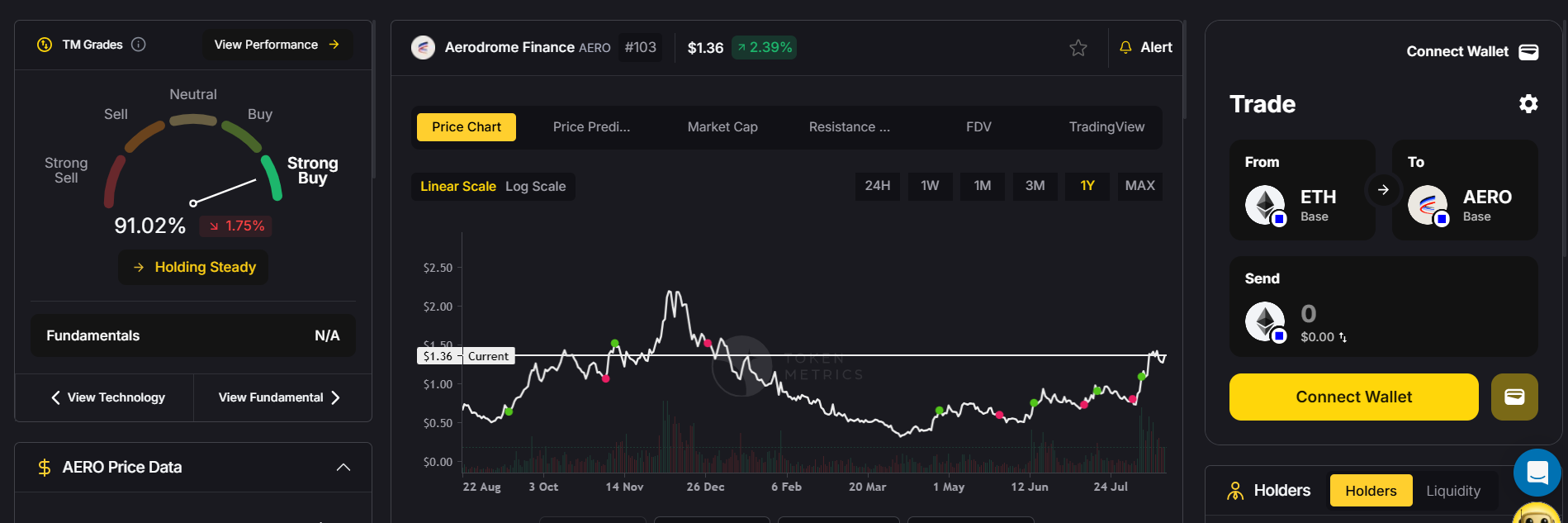
How Do I Keep My Private Keys Safe? The Ultimate 2025 Security Guide

Your private keys are the digital equivalent of owning the master key to a bank vault containing all your cryptocurrency. Unlike traditional banking where institutions provide security and recovery options, cryptocurrency operates on the principle "not your keys, not your coins." Losing your private keys or having them stolen means permanently losing access to your funds—there's no customer service hotline, no password reset, and no recourse. Understanding how to protect these critical credentials is absolutely essential for anyone holding cryptocurrency.
Understanding Private Keys and Why They Matter
A private key is a complex alphanumeric string that proves ownership of cryptocurrency addresses and authorizes transactions. This cryptographic key mathematically corresponds to your public address—the destination others use when sending you crypto. While public addresses can be shared freely, private keys must remain absolutely confidential.
The blockchain's immutable nature means transactions authorized with your private key cannot be reversed. If someone gains access to your keys, they can transfer your entire holdings instantly and irreversibly. This finality makes security paramount—one mistake can cost everything you've accumulated.
Think of your private key as a password that can never be changed. Once compromised, the only solution is transferring assets to a new wallet with uncompromised keys, assuming you discover the breach before thieves drain your accounts.
Hardware Wallets: The Gold Standard
Hardware wallets represent the most secure method for storing private keys for most cryptocurrency holders. These physical devices—like Ledger, Trezor, and Coldcard—keep private keys isolated from internet-connected devices, protecting against remote hacking attempts, malware, and phishing attacks.
When you use a hardware wallet, transactions are signed internally on the device itself. Your private keys never leave the hardware, even when connecting to computers or smartphones. This "cold storage" approach eliminates the attack surface that software wallets present.
Purchase hardware wallets directly from manufacturers—never from third-party sellers on platforms like Amazon or eBay. Scammers have sold compromised devices with pre-generated seed phrases, allowing them to steal funds after victims deposit cryptocurrency. Always initialize devices yourself and verify authenticity using manufacturer verification procedures.
Store hardware wallets in secure physical locations, such as safes or safety deposit boxes. Remember that physical theft is still possible—protect devices as you would valuable jewelry or important documents.
Seed Phrases: Your Ultimate Backup
When creating a cryptocurrency wallet, you receive a seed phrase (also called recovery phrase or mnemonic phrase)—typically 12 or 24 randomly generated words. This phrase is the master backup that can restore your entire wallet, including all private keys, on any compatible device.
Never store seed phrases digitally in any form. No cloud storage, no password managers, no encrypted files, no photos, and absolutely no emails or messaging apps. Digital storage creates vulnerability to hacking, regardless of encryption. Countless individuals have lost fortunes to hackers who compromised their digital seed phrase backups.
Write seed phrases on durable materials. Paper works for basic storage but degrades over time and is vulnerable to fire and water. Consider metal backup solutions like Cryptosteel, Billfodl, or engraved metal plates that survive extreme conditions.
Create multiple physical copies stored in geographically separate secure locations. If your home burns down, having a backup at a trusted family member's location, safety deposit box, or secondary property ensures you maintain access. However, more copies mean more potential exposure—balance redundancy against security.
Never photograph seed phrases with your phone. Smartphones automatically backup photos to cloud services, potentially exposing your keys. Additionally, malware on mobile devices can access photo libraries.
Software Wallet Security Best Practices
If you use software wallets—whether mobile apps or desktop applications—implement stringent security measures. Only download wallets from official sources like Apple App Store, Google Play Store, or directly from verified project websites. Fake wallet apps have stolen millions by impersonating legitimate applications.
Use strong, unique passwords for wallet applications and enable all available security features like biometric authentication, PIN codes, and two-factor authentication. Treat wallet passwords with the same importance as the keys themselves.
Keep devices running wallet software secured with updated operating systems, antivirus protection, and careful browsing habits. Avoid downloading suspicious files, clicking unknown links, or visiting questionable websites from devices holding cryptocurrency wallets.
Consider dedicated devices for cryptocurrency activities. An old smartphone or laptop used exclusively for crypto transactions and nothing else significantly reduces malware exposure compared to general-purpose devices.
Hot Wallets vs. Cold Storage Strategy
Implement a tiered security approach based on access frequency and amount. Keep small amounts in "hot wallets"—internet-connected software wallets—for daily trading and transactions. Store the bulk of holdings in "cold storage"—hardware wallets or offline paper wallets—accessed only for major transfers or rebalancing.
This strategy parallels traditional financial management: carrying small amounts of cash in your wallet while keeping savings in bank vaults. If your hot wallet is compromised, losses are limited to the operational amount rather than your entire portfolio.
Making Informed Trading Decisions While Maintaining Security
Successfully managing cryptocurrency involves not just securing private keys, but also making strategic trading decisions that grow your portfolio. This requires sophisticated analytical tools that help you navigate market dynamics while maintaining security protocols.
Discover crypto gems with Token Metrics AI. Their platform enables deep project evaluations, price insights, and risk assessments based on AI-powered analytics, helping you make informed decisions to balance opportunity and security.
Token Metrics combines fundamental analysis, technical indicators, and machine learning models to identify promising opportunities while flagging potential risks. Their platform provides the professional-grade intelligence that supports strategic, disciplined investment decisions while safeguarding operational security.
Avoiding Phishing and Social Engineering
Phishing is one of the most common attack methods used to steal private keys. Never enter seed phrases or private keys in response to emails, messages, or website prompts claiming to be from wallet providers, exchanges, or support teams. Legitimate services never request this information.
Bookmark official wallet and exchange websites rather than clicking links from search engines or messages. Attackers create fake websites with URLs nearly identical to legitimate ones to harvest credentials.
Be skeptical of unsolicited support contacts. Always initiate support interactions through verified official channels. Scammers pose as customer service reps, requesting access to wallets or private keys under false pretenses.
Multi-Signature Wallets for Enhanced Security
For substantial holdings, consider multi-signature (multisig) wallets requiring multiple private keys to authorize transactions. This distributes control, preventing single points of failure. Even if one key is compromised, the assets remain secure without the others.
Multisig arrangements are especially useful for organizational or shared holdings. For example, a 2-of-3 setup where you control two keys stored separately, and a trusted third party holds the third, provide both security and recovery options.
Inheritance Planning and Emergency Access
Cryptocurrency security features can complicate estate planning. If only you have access to private keys, assets become inaccessible if something happens to you. Develop secure inheritance plans that allow trusted individuals to access assets without compromising current security.
Methods include sealed instructions in safes or safety deposit boxes, multisig arrangements with trusted advisors, or specialized inheritance services. Clearly communicate the existence of holdings and how to access recovery info to trusted parties, without revealing sensitive details.
Regular Security Audits
Periodically review security practices: verify location and integrity of keys and seed phrases, update device software, and reassess physical access. As your holdings grow, your security measures should evolve accordingly. Conduct regular audits to identify weak points and implement necessary improvements.
What to Do If You Suspect Compromise
If you suspect your private keys have been compromised, act immediately. Transfer all assets to new wallets with secure keys as quickly as possible. Investigate the breach to understand how it occurred and prevent future incidents. Scan for malware and review recent activities.
Conclusion
Keeping private keys safe involves a combination of technical security measures and disciplined operational practices. Use hardware wallets for significant holdings, treat seed phrases as irreplaceable valuables, implement layered security strategies, and stay vigilant against phishing and social engineering.
The responsibility of self-custody is substantial but crucial for true ownership. Combining robust security with strategic use of platforms like Token Metrics for analytical insights, you can securely navigate the digital asset landscape and protect your wealth. Remember: in cryptocurrency, security is everything. Your private keys are your assets, and safeguarding them is paramount.

.svg)

Create Your Free Token Metrics Account

.png)




%201.svg)
%201.svg)


%201.svg)












.svg)




.png)